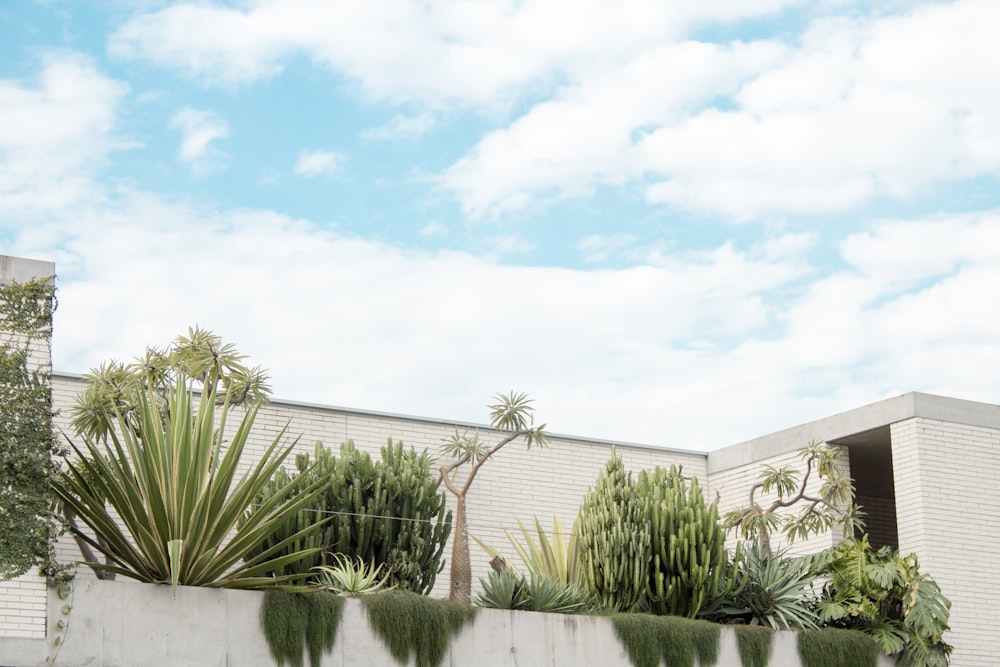Exploring Santiago Calatrava’s Architectural Legacy
Santiago Calatrava stands as a modern-day architectural virtuoso, leaving an indelible mark on skylines worldwide. His visionary designs blend artistry and engineering, creating structures that defy convention and inspire awe. Let’s delve into the iconic designs that define Calatrava’s unparalleled legacy.
Bridging Art and Engineering
Calatrava’s architecture transcends mere functionality; it embodies a harmonious fusion of art and engineering. Each structure reflects his distinctive style, characterized by sweeping curves, soaring lines, and intricate geometries. From bridges to buildings, Calatrava’s creations are symphonies of form and function, captivating both the eye and the intellect.
A Symphony of Form and Function
Take, for instance, the Turning Torso in Sweden, a residential skyscraper that twists gracefully towards the sky. Its sculptural form not only serves as a landmark but also optimizes views and natural light for its inhabitants. This seamless integration of aesthetics and utility is a hallmark of Calatrava’s work, elevating architecture to an art form.
Innovative Structural Solutions
Calatrava’s innovative spirit shines through in his approach to structural design. His use of advanced materials and construction techniques enables him to push the boundaries of what’s possible. The Oculus in New York City is a prime example, with its rib-like structure evoking the image of a bird in flight. Beyond its striking appearance, this transportation hub showcases Calatrava’s mastery of form and structural integrity.
Inspired by Nature
Nature serves as a profound source of inspiration for Calatrava, evident in the organic shapes and motifs prevalent in his designs. The City of Arts and Sciences in Valencia, Spain, is a breathtaking testament to this ethos, with its flowing forms and reflective surfaces echoing the elements of water and light. Through his architecture, Calatrava seeks to forge a dialogue between the built environment and the natural world, harmonizing human ingenuity with the beauty of nature.
Pushing the Boundaries of Innovation
Calatrava’s relentless pursuit of innovation has led to the creation of structures that defy traditional conventions. The Milwaukee Art Museum’s Quadracci Pavilion, with its kinetic “wings” that open and close like a bird in flight, exemplifies this spirit of experimentation. Beyond its functional purpose, this dynamic feature symbolizes Calatrava’s belief in architecture as a living, breathing entity that interacts with its surroundings.
Cultural Icons for the Ages
From the Tenerife Concert Hall to the Margaret Hunt Hill Bridge, Calatrava’s portfolio boasts an array of cultural icons that have become synonymous with their respective cities. His designs transcend mere infrastructure; they serve as symbols of progress, culture, and identity. Whether spanning rivers or housing cultural institutions, Calatrava’s structures leave an indelible imprint on the urban fabric, enriching the lives of those who inhabit and admire them.
A Legacy of Inspiration
As we reflect on Santiago Calatrava’s architectural legacy, we are reminded of the transformative power of design to shape our built environment and elevate the human experience. His iconic structures stand as testaments to creativity, innovation, and the enduring pursuit of excellence. In a world filled with architectural wonders, Calatrava’s designs continue to captivate and inspire, leaving an everlasting legacy for generations to come. Read more about santiago calatrava architecture




